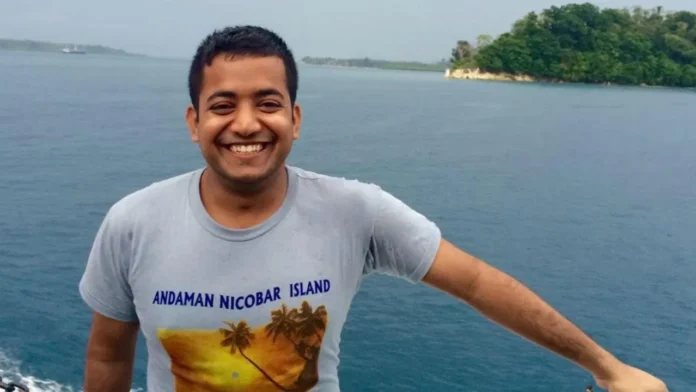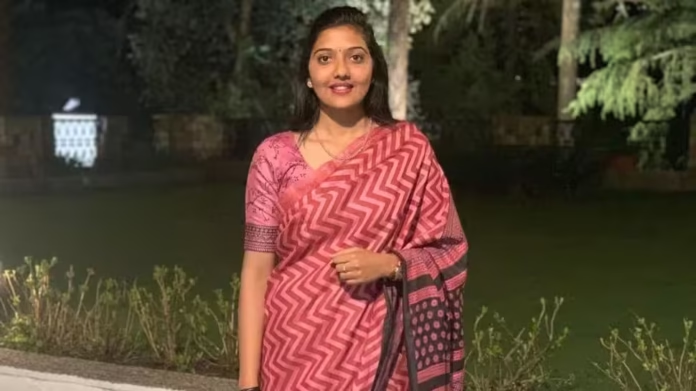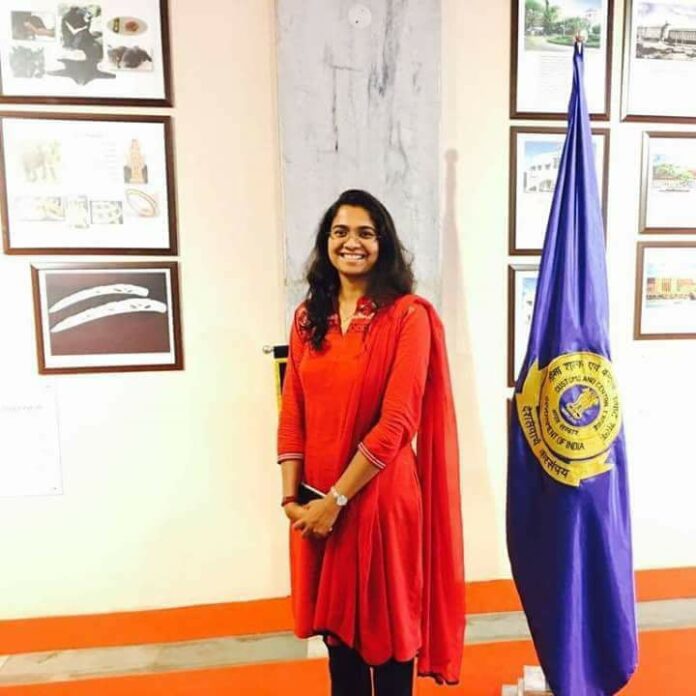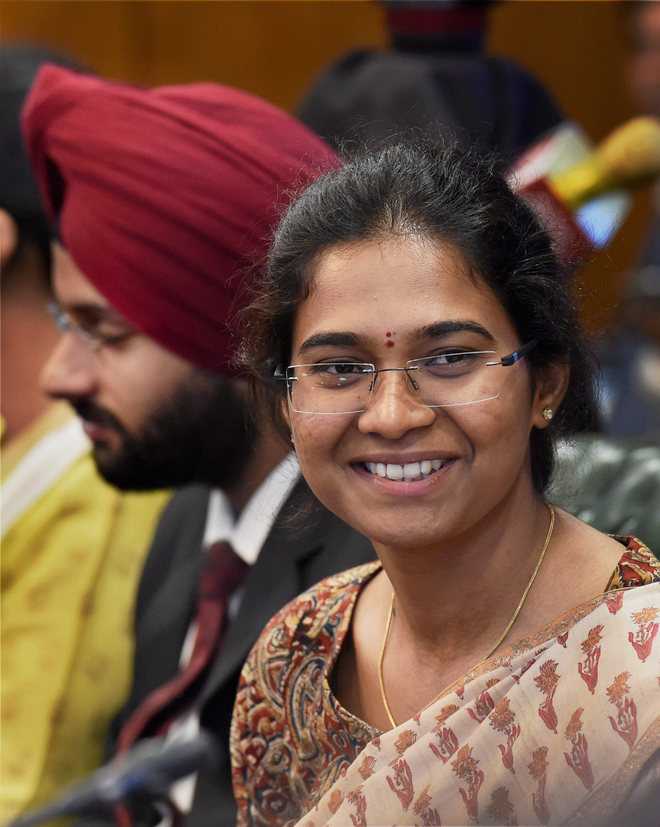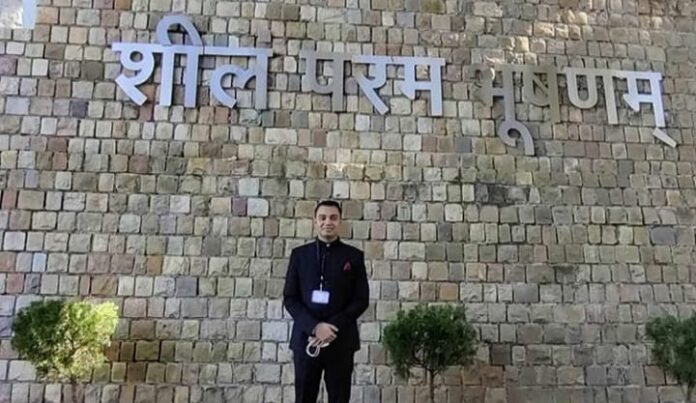Table of Contents
- Introduction
- Importance of Feature Selection in Machine Learning
- Challenges in Quantum Feature Selection
- Quantum Feature Maps and Encoding
- High-Dimensional Classical Features in QML
- Role of Feature Selection in QNN Accuracy
- Classical vs Quantum Feature Selection
- Variational Approaches to Feature Selection
- Feature Relevance via Fidelity Gradients
- Entropy-Based Feature Filtering
- Quantum Mutual Information Measures
- Feature Importance via Quantum Kernels
- Feature Subset Evaluation Strategies
- Quantum-Inspired Algorithms (e.g., QAOA)
- Quantum Annealing for Feature Subset Selection
- Hybrid Quantum-Classical Selection Pipelines
- Encoding-Aware Selection Mechanisms
- Qiskit and PennyLane Implementations
- Research Frontiers and Open Problems
- Conclusion
1. Introduction
Feature selection is a critical step in machine learning, including quantum machine learning (QML), as it helps identify the most relevant inputs that contribute to model performance. In QML, selecting effective input features directly influences encoding, circuit depth, and generalization.
2. Importance of Feature Selection in Machine Learning
- Reduces overfitting
- Speeds up training
- Enhances model interpretability
- Enables better generalization
3. Challenges in Quantum Feature Selection
- Limited qubit resources
- Encoding complexity increases with feature count
- Infeasible to embed high-dimensional data without compression
4. Quantum Feature Maps and Encoding
- Encode features into quantum states (angle, amplitude, basis)
- Feature selection decides which inputs are embedded
- More relevant features → better separability in Hilbert space
5. High-Dimensional Classical Features in QML
- Many real-world datasets (e.g., genomics, NLP) are high-dimensional
- Quantum circuits scale poorly with input dimensionality
6. Role of Feature Selection in QNN Accuracy
- Irrelevant or redundant features dilute quantum state fidelity
- More expressive circuits ≠ better performance without selection
7. Classical vs Quantum Feature Selection
| Method | Classical Approach | Quantum Variant |
|---|---|---|
| Filter-based | Mutual Information, Variance | Quantum Entropy, Fidelity |
| Wrapper-based | Recursive Feature Elimination | Quantum circuit performance eval |
| Embedded | Decision Trees, Lasso | QAOA-based selection |
8. Variational Approaches to Feature Selection
- Use trainable gates to “mask” features
- Learnable parameters control which features contribute to output
- Regularize masks to enforce sparsity
9. Feature Relevance via Fidelity Gradients
- Measure change in fidelity when a feature is perturbed
- Greater change implies higher importance
10. Entropy-Based Feature Filtering
- Use von Neumann entropy of reduced density matrix
- Features that reduce entropy contribute more structure
11. Quantum Mutual Information Measures
- Define \( I(A;B) = S(A) + S(B) – S(AB) \)
- Quantifies shared information between input subsystems
12. Feature Importance via Quantum Kernels
- Evaluate kernel matrix variance with and without features
- High-impact features result in more separable kernel spaces
13. Feature Subset Evaluation Strategies
- Evaluate classification accuracy for different subsets
- Use circuit simulation or hybrid estimators
14. Quantum-Inspired Algorithms (e.g., QAOA)
- Model feature selection as combinatorial optimization
- Solve via Quantum Approximate Optimization Algorithm
15. Quantum Annealing for Feature Subset Selection
- Encode features as binary variables
- Define energy function based on classification score
- Minimize using quantum annealers (e.g., D-Wave)
16. Hybrid Quantum-Classical Selection Pipelines
- Use classical filter methods (PCA, Lasso)
- Then embed top-k features in quantum circuit
- Or, use classical pre-selection followed by QAOA refinement
17. Encoding-Aware Selection Mechanisms
- Select features based on circuit encoding capacity
- Prefer orthogonal and non-correlated inputs for amplitude encoding
18. Qiskit and PennyLane Implementations
- Qiskit: evaluate subsets with quantum kernels
- PennyLane: use circuit templates with feature gating and masking
19. Research Frontiers and Open Problems
- Theoretical bounds on feature relevance in QML
- Optimal encodings for high-dimensional data
- Learning dynamic feature selection policies
20. Conclusion
Quantum feature selection is key to building efficient and accurate quantum machine learning models. With limited hardware capacity, identifying and embedding the most relevant features can dramatically improve model performance, generalization, and training efficiency.


